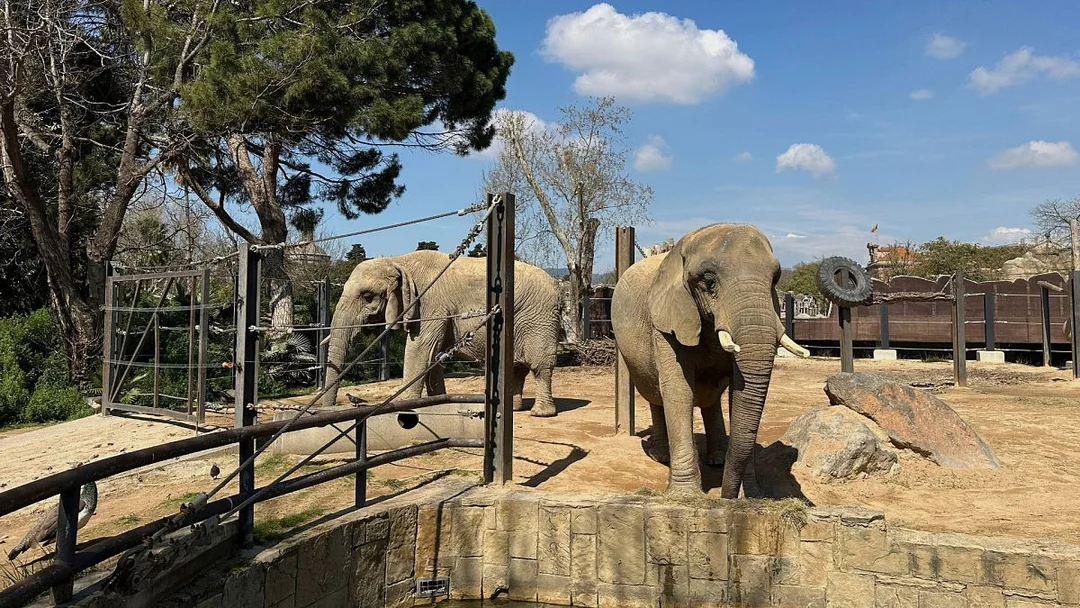
How A Spanish Zoo Nurtures Elderly Elephants With Dignity And Care
In the heart of Barcelona, an extraordinary sanctuary is rewriting the final chapters of life for some of nature’s grandest creatures. The Barcelona Zoo has become a global leader in geriatric animal care, providing aging elephants—and their elder animal companions—an opportunity to live their golden years with dignity and comfort. In a world where animal welfare has become a growing priority, this zoo's pioneering approach shines as an inspiring example.
One of the central figures in this narrative is Susi, a 52-year-old African elephant, now among the oldest of her kind in captivity. Each day, Susi and her companion Bully, aged 40, receive tender care: their feet are washed and their favorite apple slices are served, a ritual that goes far beyond pampering. This daily "pedicure" is just one part of an expanding field of specialized geriatric care that's reshaping how zoos around the world view the rights and needs of elder animals.
The change in philosophy did not happen overnight. "Sending them back into nature would be an error. It is very likely they wouldn’t survive," remarks Pilar Padilla, head of mammal care. The evolution from viewing zoos as mere spectacles toward centers of conservation, education, and lifelong animal welfare has prompted new enclosure designs that mirror natural habitats. The zoo's Sahel-Savannah area, for example, provides space and comfort attuned to creatures like Susi and Bully, whose journeys have spanned wild capture, circuses, and transfers among various zoos.
Beyond physical health, the Barcelona team is pushing the boundaries of animal psychology, collaborating with the University of Barcelona to study grief in elephants—a groundbreaking endeavor focused on Susi and Bully's response to the loss of their longtime companion, Yoyo, who died at the impressive age of 54. In the weeks following Yoyo’s passing, the two survivors displayed striking behaviors, from refusing food to seeking out each other's company, ultimately reinforcing social bonds and adapting to a new hierarchy. Susi, in particular, has stepped into Yoyo’s former dominant role, a shift observed by keeper Padilla.
These adaptations require not just keen observation but innovation. Without molars—having lost their sixth and final set around the age of 40—both Susi and Bully are fed soft foods, and reside on a sandy floor meticulously designed to ease their aging limbs. "What marks the decline of the animal is the wear on their teeth," notes zookeeper José María Santamaría, underscoring the close attention required for geriatric giants.
The Barcelona Zoo's commitment mirrors a broader movement among zoos worldwide, from Spain to Baltimore and Baton Rouge. As Martín Zordan, CEO of the World Association of Zoos and Aquariums, puts it, "Specialized geriatric care is becoming increasingly essential." Their collective quest: ensuring every animal, regardless of age, receives compassionate care throughout their life.
This story prompts us to rethink what it means to offer wildlife lasting dignity. How might other zoos and sanctuaries adapt their approach as animals live longer, more complex lives? Share your thoughts and experiences in the comments below—your voice is vital in shaping the conversation on animal welfare.